Cats are an endlessly fascinating species, captivating humans with their agility, intelligence, and diverse appearances. Among the broad array of cat breeds, some stand out for their particularly unusual physical traits. This article delves into seven cat breeds known for their unique characteristics, exploring the science and history behind their distinct looks.
The Hairless Wonder

The Sphynx cat is perhaps the most recognizable breed for its lack of fur, a trait caused by a natural genetic mutation. This breed originated in Canada in the 1960s and quickly charmed enthusiasts with its warm, suede-like skin. Despite their lack of a traditional fur coat, Sphynxes are known for their high body temperature and affectionate nature.
The Owl-like Feline
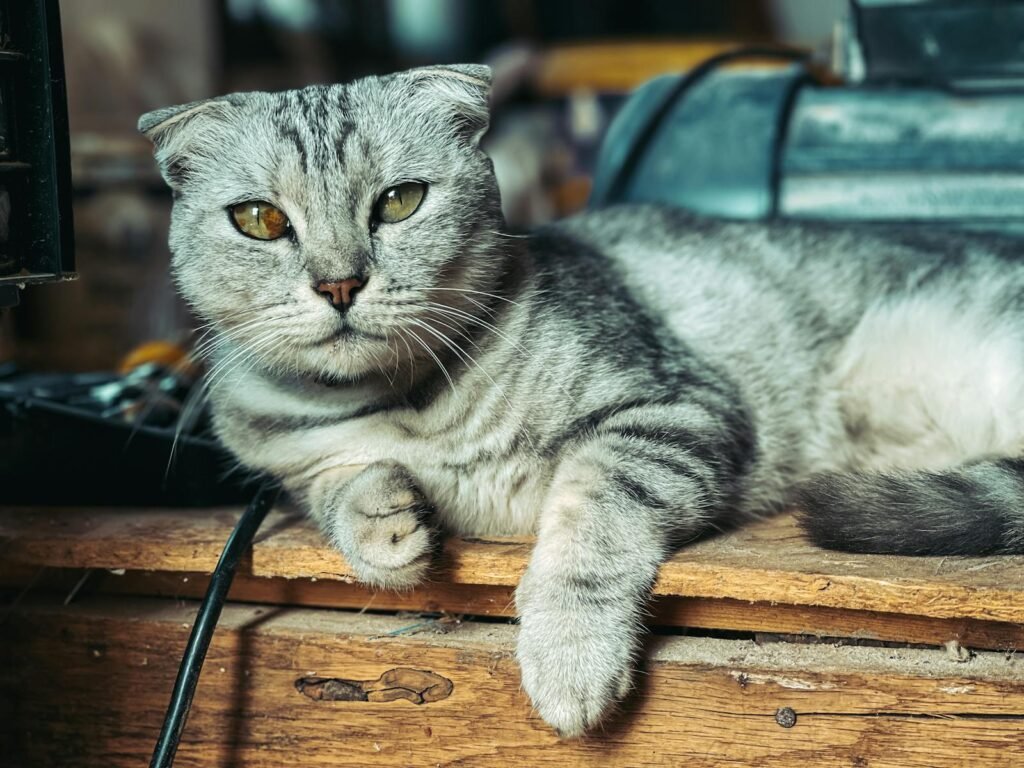
Scottish Folds are distinguished by their unique ear structure; instead of standing upright, their ears fold forward and downward, resembling an owl’s appearance. This trait is due to a genetic mutation affecting cartilage throughout the cat’s body. Though this gives them an adorable appearance, potential owners should be aware of associated health concerns, particularly involving joint issues.
The Tailless Cat

The Manx breed, originating from the Isle of Man, is renowned for its taillessness, a result of a dominant genetic mutation. While some Manx cats might have short or stubbed tails, many are entirely tail-free. This breed is also known for its powerful hind legs, which give them a rabbit-like hop when they run.
The Pixie-like Companion
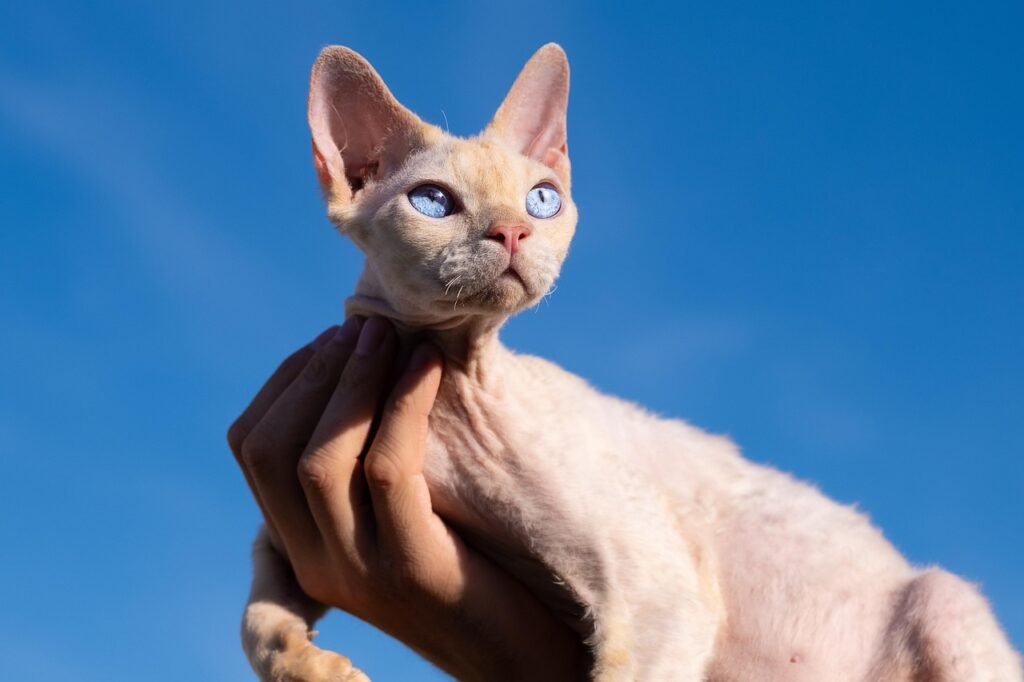
With their oversized ears, large eyes, and curly coats, Devon Rexes have a distinctly pixie-like appearance. Their unusual features are the result of a recessive gene mutation discovered in the late 1950s in England. This playful and social breed has become popular for its energetic personality and unique appearance that requires minimal grooming.
The Little Leopard of the Cat World
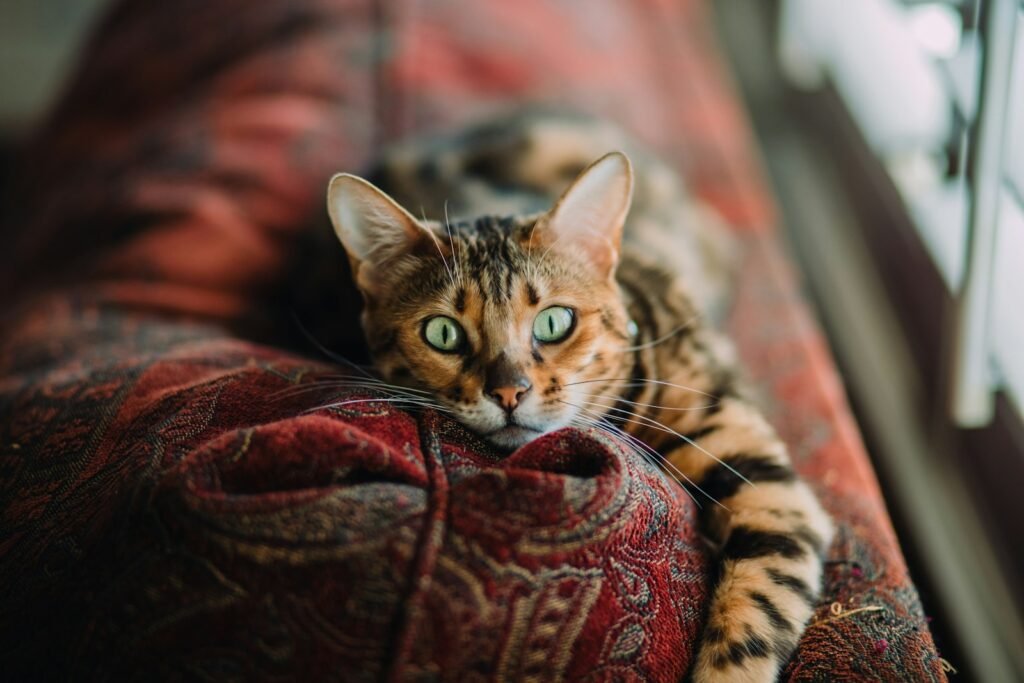
Bengals stand out thanks to their striking, wild appearance reminiscent of leopards. Bred from a hybrid of domestic cats and the Asian leopard cat, their coats often feature large, beautiful spots or marbling. Despite their wild ancestry, Bengals are known for their friendly, active, and inquisitive personalities.
The Breed with Curly Ears

Born from a genetic mutation, the American Curl earns its name with distinctive ears that curl backward rather than standing straight. This unusual trait emerged in the early 1980s in California. American Curls are known for their affectionate nature, often described as “people-oriented,” making them excellent family companions.
The Swimming Cat
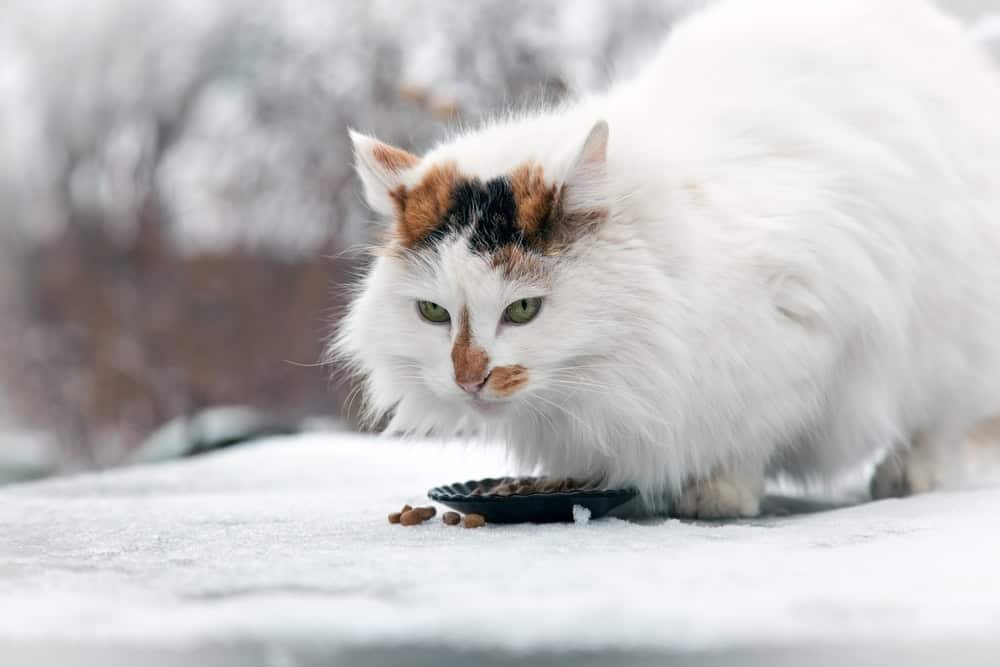
Unlike most cats, Turkish Vans have an affinity for water, attributed to their origins near Lake Van in Turkey. This breed boasts a water-resistant coat with a distinct color pattern called “Van pattern,” featuring a mostly white body with colored markings on the head and tail. Their fascination with water and playful nature make them unique among feline companions.
The Science Behind Genetic Mutations
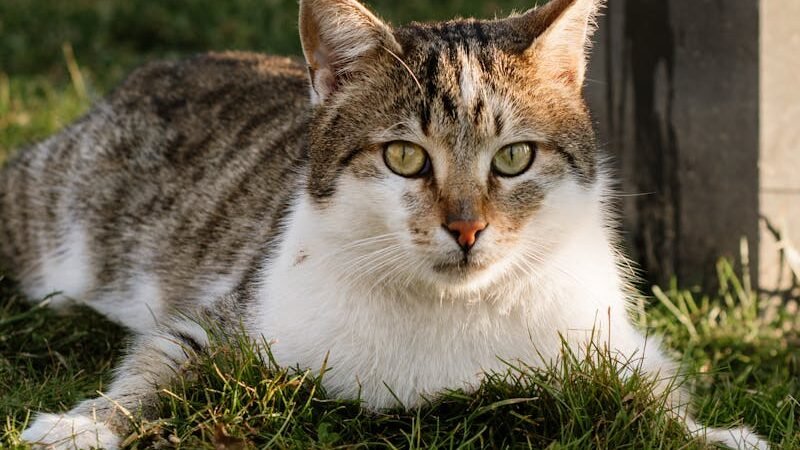
The unusual traits seen in these cat breeds often arise from genetic mutations, which can be spontaneous or artificially selected by breeders. These mutations affect various genes responsible for physical development, from ear cartilage to fur growth. While they create striking aesthetics, it’s crucial for breeders to be mindful of potential health issues associated with certain mutations, ensuring the overall wellbeing of the cats.
Ethical Considerations in Breeding
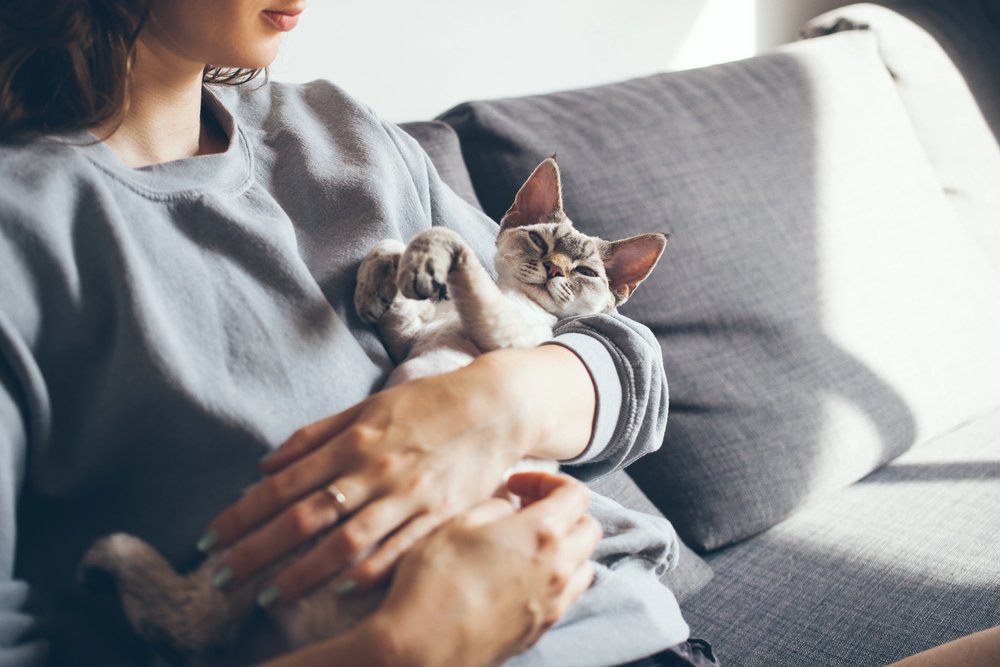
Breeding cats for unusual traits requires careful consideration of ethics and animal welfare. While these unique breeds can enhance diversity and add intrigue to the feline world, it’s essential to prioritize the health and quality of life for these animals. Responsible breeding practices and informed adoption choices play roles in maintaining this balance.
Conclusion
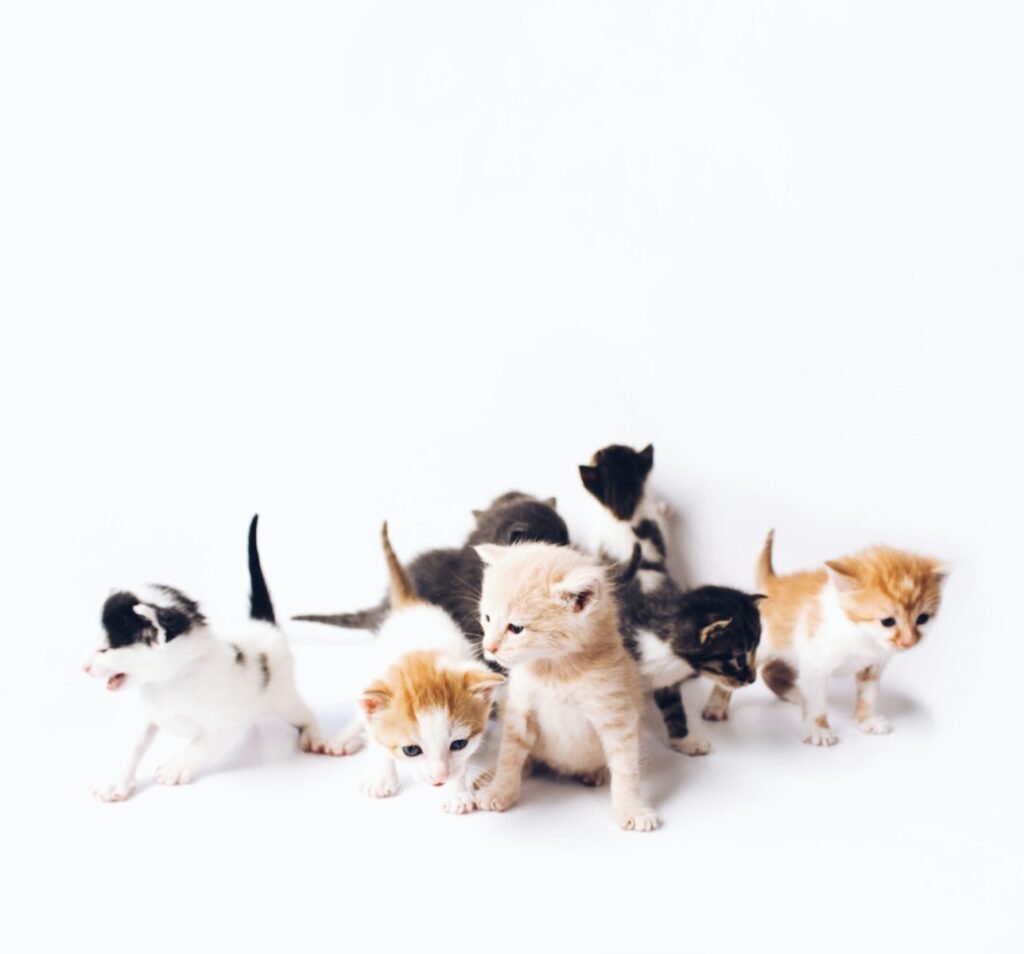
The world of cat breeds is as varied as it is fascinating, offering a broad range of physical traits and personalities to suit any cat lover’s preference. From the hairless Sphynx to the water-loving Turkish Van, these unique breeds remind us of the beauty of biodiversity and the importance of caring for our animal companions responsibly.

Linnea is a born and bred Swede but spends as much time as possible in Cape Town, South Africa. This is mainly due to Cape Town’s extraordinary scenery, wildlife, and atmosphere (in other words, because Cape Town is heaven on earth.) That being said, Sweden’s majestic forests forever hold a special place in her heart. Linnea spends as much time as she can close to the ocean collecting sea shells or in the park admiring puppies.






